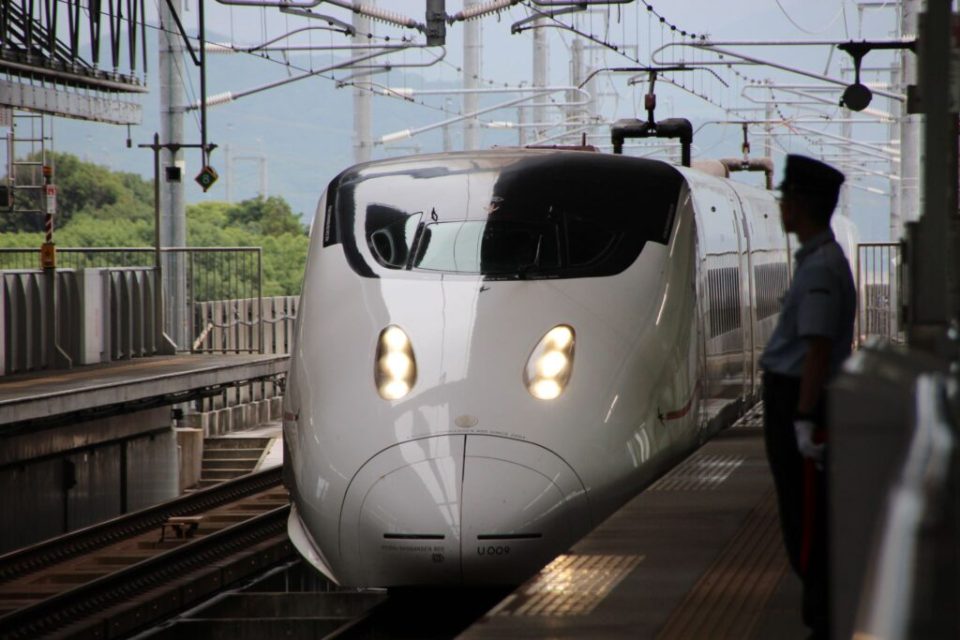Japan’s tourism industry has boomed in recent years, with pre-pandemic visitor numbers topping 31 million in 2019. Despite its popularity, many still see Japan as an expensive travel destination. Of course, expensive hotels with world-class amenities, fine-dining restaurants, and luxury travel options are available for those suitably inclined, but it is also possible to have an amazing, culturally-varied visit on a limited budget. With this in mind, we provide some useful information below to make your trip more enjoyable, and more importantly, stretch your budget further.
Getting around
Japan’s transport infrastructure is one of the best in the world. With the archipelago of Japan stretching nearly 3,000km from the Northern tip of Hokkaido, down to the tiny Okinawan island of Hateruma, transport options cover a wide variety of methods. With an intricate and extensive network, rail travel generally provides the most efficient choice. Since 2017, Japan Rail has offered visitors to the country a special ticket: The Japan Rail Pass. Pre-purchased before travel and collected on arrival in Japan, the rail pass allows guests to travel on the majority of JR lines, for a duration of 7, 14, or 21 days. Some Shinkansen (bullet train) services are also included, which makes this such a great deal.

Photo by Rikku Sama
With a new Shinkansen line currently under construction in Hokkaido, it will soon be possible to travel by train from the main island, all the way through to Asahikawa in Hokkaido. This will make popular tourist destinations, such as the world-famous Niseko Ski Resort and Sapporo City much more easily accessible.
While the JR Pass can be a substantial purchase, those looking to travel more extensively around Japan are all but guaranteed to save money in the end.
The next method of transport worth exploring is Low-Cost Carrier Airlines. Companies such as Jetstar Japan, Peach Airways, and Skymark operate popular routes within the country, all at very good prices. While rail travel remains the best option for stopping at several destinations (between Tokyo and Hiroshima for example), airlines make getting to locations further away much easier. Hokkaido, Kyushu, and Okinawa are all accessible in just a few hours, often for less than ¥10,000 ($100) one way.
While adding extras such as baggage can make things more expensive, luggage forwarding services provide a cheap and quick alternative to carrying everything with you. Visitors are able to send large items of luggage anywhere in Japan, via companies such as Japan Post Office and Takyubin (Blackcat), for as little as ¥3,000 ($30). This is especially convenient for guests bringing large equipment, such as skis and snowboards, who wish to continue onward after visiting the snow.
Where to stay?
Accommodation tends to be the biggest outlay when visiting Japan. Most hotels available on popular travel sites can be rather expensive, which quickly adds up on longer holidays. What many visitors don’t know is that there is a wealth of cheaper options available, without sacrificing service or location. Business Hotels are a huge phenomenon in Japan and provide no-frills, good quality accommodation for those traveling for work, but are just as good an option for tourists as well. These hotels tend to be well-equipped and comfortable, if sometimes a little small, and often include breakfast. Prices can start around ¥5,000 ($50) per night; significantly lower than hotels that specifically target tourists.
Capsule hotels also provide an excellent option for those wishing to stretch their budget even further. While not for everyone, many capsule hotels are very modern with excellent facilities. With prices starting from around ¥2,000($20) per night, and some offer discounted weekly and monthly rates, capsule hotels are a good budget option, especially for visitors staying for longer durations.
Food and Drink
Japanese cuisine is world-famous and for good reason. No trip to Japan is complete without sampling as much of the local cuisine as possible. While eating out can quickly get expensive in any country, there are plenty of ways to eat well and save money in Japan.
In Japan, lunch is King. With many workers pressed for time, a lot opt to eat their lunch outside of the office. This has led to an explosion of the number of restaurants offering lunchtime specials. Many chain restaurants offer Set Menu lunches or Teishoku. These include the main dish, usually accompanied by rice and miso soup, all for around

Make the most of the Attractions

,
